PRESENTATION: Sarah Lucas-Happy Gas
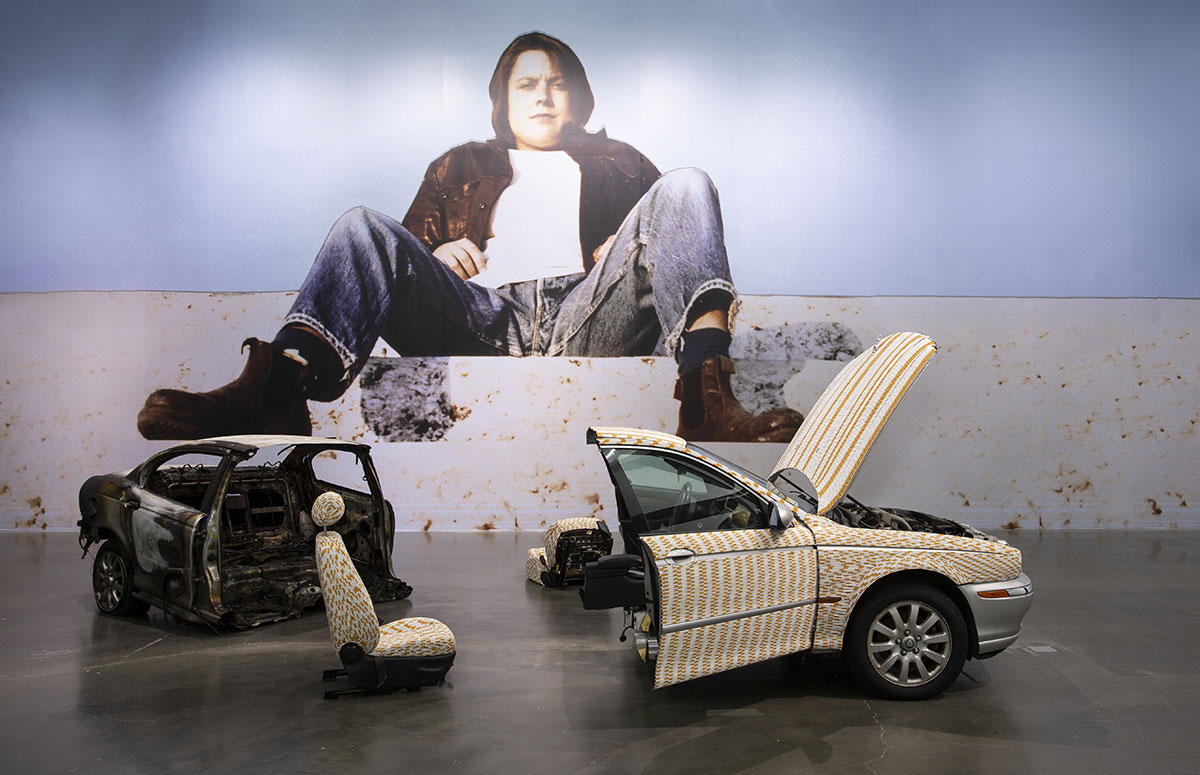 Sarah Lucas’s practice is characterized by irreverent humour and the creation of visual puns and vulgar euphemisms. Spanning sculpture, photography, and installation, her work evokes the body in its physical, cultural, and psychic dimensions. In her compositions, Lucas often uses everyday objects as a substitute for the human body: furniture, food, tabloid newspapers, tights, toilets, and cigarettes are usually coupled with slang and crude genital innuendo.
Sarah Lucas’s practice is characterized by irreverent humour and the creation of visual puns and vulgar euphemisms. Spanning sculpture, photography, and installation, her work evokes the body in its physical, cultural, and psychic dimensions. In her compositions, Lucas often uses everyday objects as a substitute for the human body: furniture, food, tabloid newspapers, tights, toilets, and cigarettes are usually coupled with slang and crude genital innuendo.
By Efi Michalarou
Photo: Tate Archive
The exhibition “Happy Gas” brings together more than 75 works spanning four decades of Sarah Lucas’ practice, from breakthrough early sculptures and photographs to brand new works being shown for the first time. Devised in close dialogue with the artist and presented in her own voice, this survey takes a fresh look at Lucas’s practice to date. Sarah Lucas rose to prominence among the Young British Artists of the early 1990s. She attended Goldsmiths College from 1984-87 and showed her work in Freeze, the legendary exhibition curated by Damien Hirst in 1988. Exhibiting together and sharing a playful and daring approach to materials and images, this generation challenged the British art world and made an indelible impact on the cultural landscape. The exhibition begins with some of Lucas’s early works from this era, including those made from tabloid newspaper spreads like “Sod You Gits” and “Fat, Forty and Flab-ulous” (both1990). These introduce the artist’s use of innuendo and word-play, as well as her interest in feminist discourse and representations of the female body. Her early career is also reconsidered as part of a wider story, from her childhood to her life today, highlighting her ongoing examination of social conditions beyond the confines of the art world. Lucas’ use of chairs, and her evocation of seated figures, have a central role in the exhibition. Lucas explains, “I decided to hang the exhibition mainly on chairs. Much in the same way that I hang sculptures onto chairs”. Across her career, she has often taken domestic furniture and imbued it with a humorous and unnerving honesty about sex and desire. Tate will bring together a selection of such sculptures from the 1990s, ranging from early examples like “The Old Couple” (19920, made from two chairs, a wax penis and a set of false teeth, through to later sculptures like “Hysterical Attack” (Eyes and Mouths) both 1999, which formed part of an intervention at the Freud Museum in 2000. Also featured are examples of Lucas’s signature soft sculptures made from stuffed tights, including “Mumum” (2012) and “Bunny” (1997), which was shown in the Royal Academy of Art’s landmark 1997 exhibition ‘Sensation’. The exhibition goes on to explore the growing range of materials used in Lucas’s sculpture, including bronze, resin and concrete. This change in materiality was a major departure from the techniques she had been using for decades, including tights and stuffing, cigarettes and food, which were chosen for their immediate availability. Examples include concrete furniture like “Eames Chair” (2015), bronze casts of stuffed phallic shapes like “DICK ‘EAD” (2018), and giant cast concrete vegetables such as “Florian” and “Kevin” (both (2013) which have been installed on the lawn outside Tate Britain to coincide with this exhibition. Sculptures are juxtaposed with large-scale photographs of the artist from throughout her career, including her earliest and most well-known portrait “Eating a Banana” (1990). Blown up as wallpapers and looking down on her sculptural works, these portraits reflect the important role of the photographic image in Lucas’s practice and set up a dialogue between her older and younger self. This juxtaposition continues with Lucas’s most recent self-portrait series “Red Sky” (2018) shown alongside several larger-scale sculptures and installations, including “This Jaguar’s Going to Heaven” (2018) – a dismantled car clad in thousands of cigarettes – and “Exacto” (2018) – a chair skewered with fluorescent tube lights. A series of nude plaster casts including ‘Pauline, Sadie” and “Me (Bar Stool)” are reunited, having first been shown in 2015 when Lucas represented Britain at the 56th Venice Biennale. A highlight of the exhibition is a large gallery of recent sculptures made between 2019 and 2023, including 16 new works displayed for the very first time. Some show a return to the found objects and stuffed tights of Lucas’s early work, such as “SUGAR” (2020) and “CROSS DORIS” (2019), while others are rendered in finely cast bronze and resin. These recent works show how Lucas has continued to rethink the themes which have defined her career, including the objectification of the female form and the anthropomorphic potential of everyday objects, while consistently bringing fresh perspectives to her practice.
Photo: Sarah Lucas, This Jaguar’s Going to Heaven, 2018. Courtesy of the artist and Gladstone Gallery, © Sarah Lucas
Info: Curators: Dominique Heyse-Moore and Amy Emmerson-Martin, Tate Modern, Bankside, London, United Kingdom, Duration: 28/9/2023-14/1/2024, Days & Hours: Daily 10:00-18:00, www.tate.org.uk/
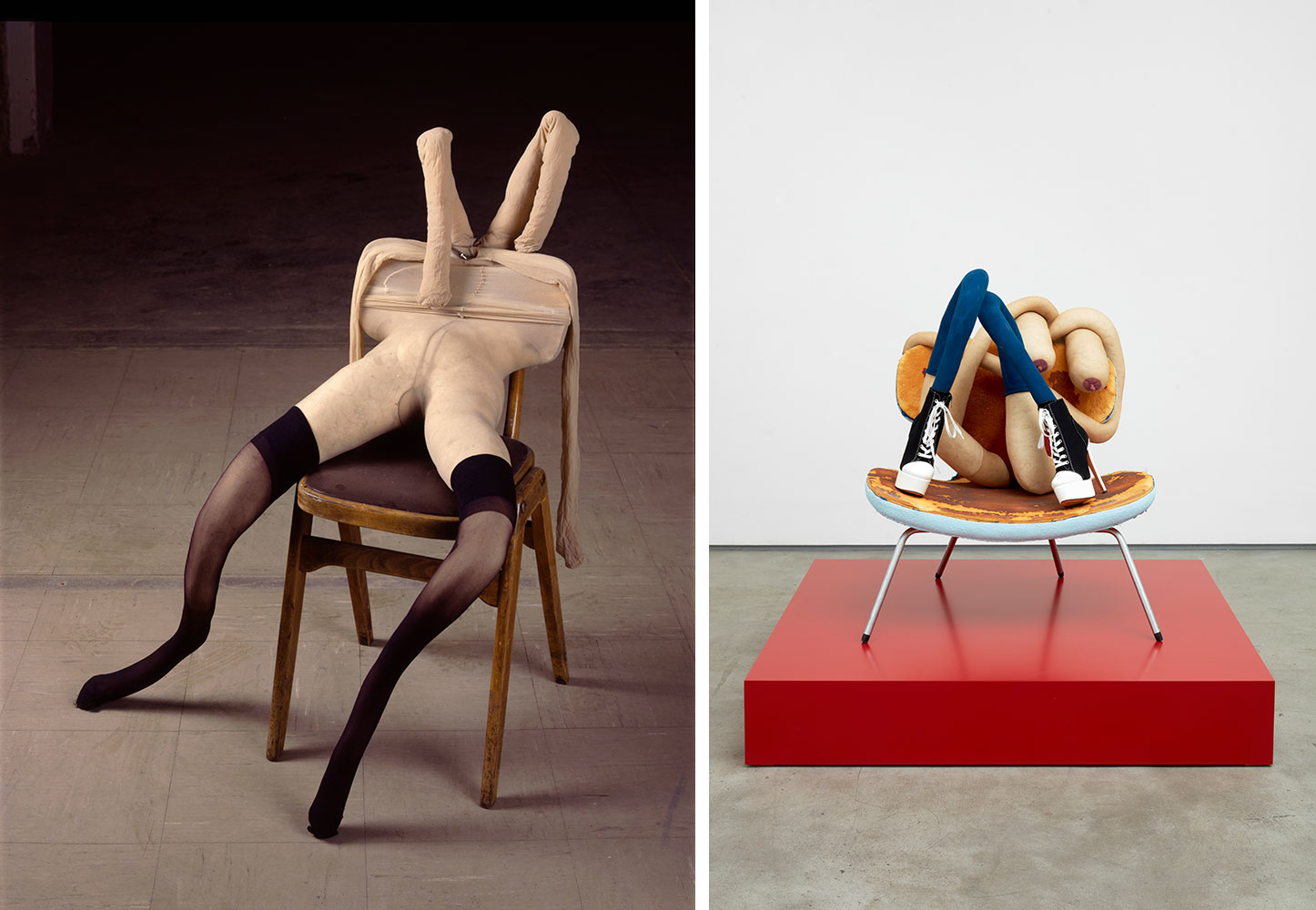
Right: Sarah Lucas COOL CHICK BABY, 2020. Collection of Alexander V. Petalas. Courtesy the artist and Sadie Coles HQ, London, © Sarah Lucas
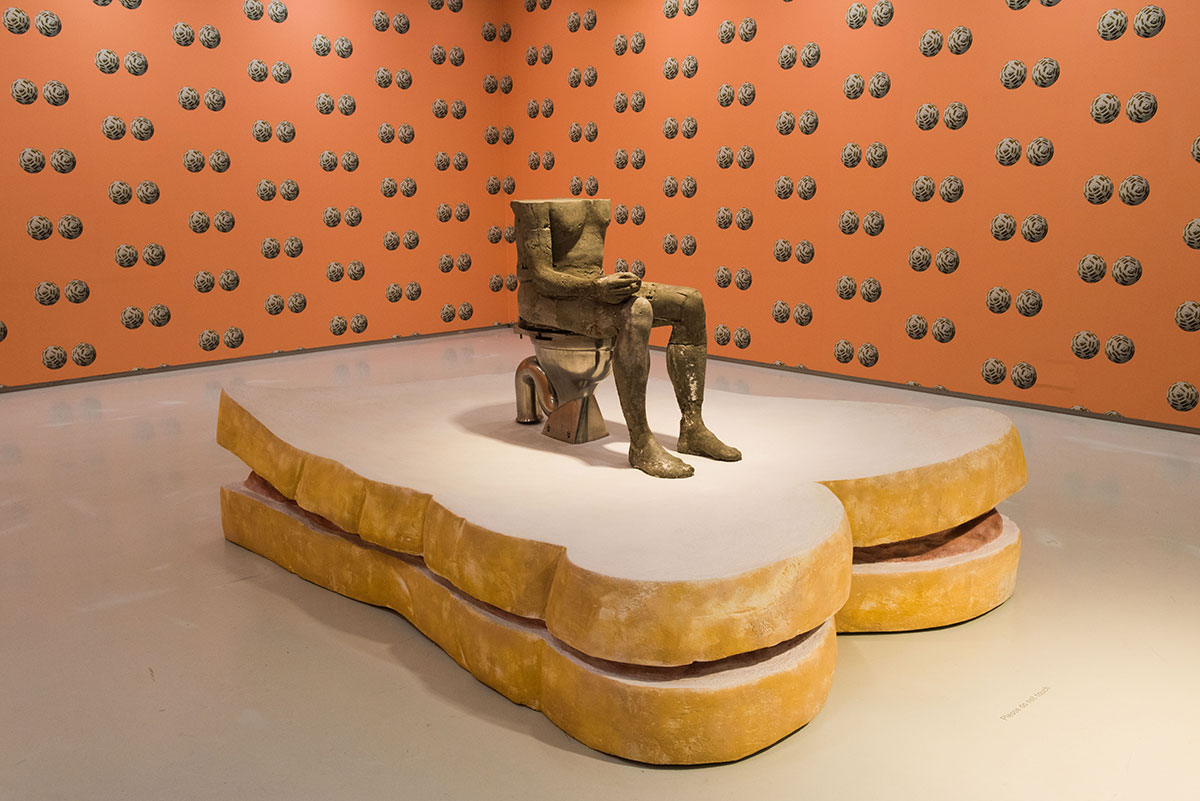
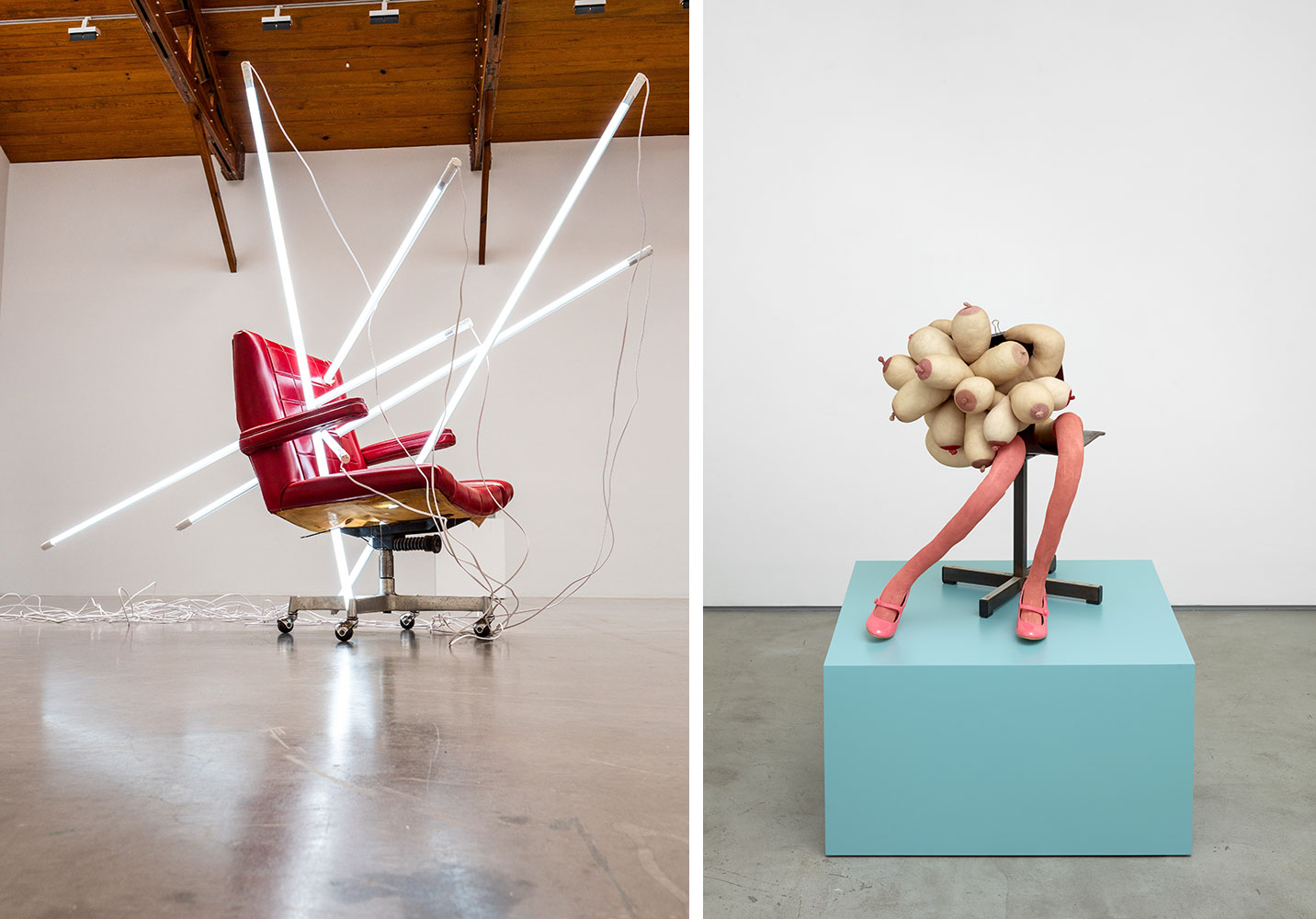
Right: Sarah Lucas SUGAR, 2020. Courtesy the artist and Sadie Coles HQ, London, © Sarah Lucas
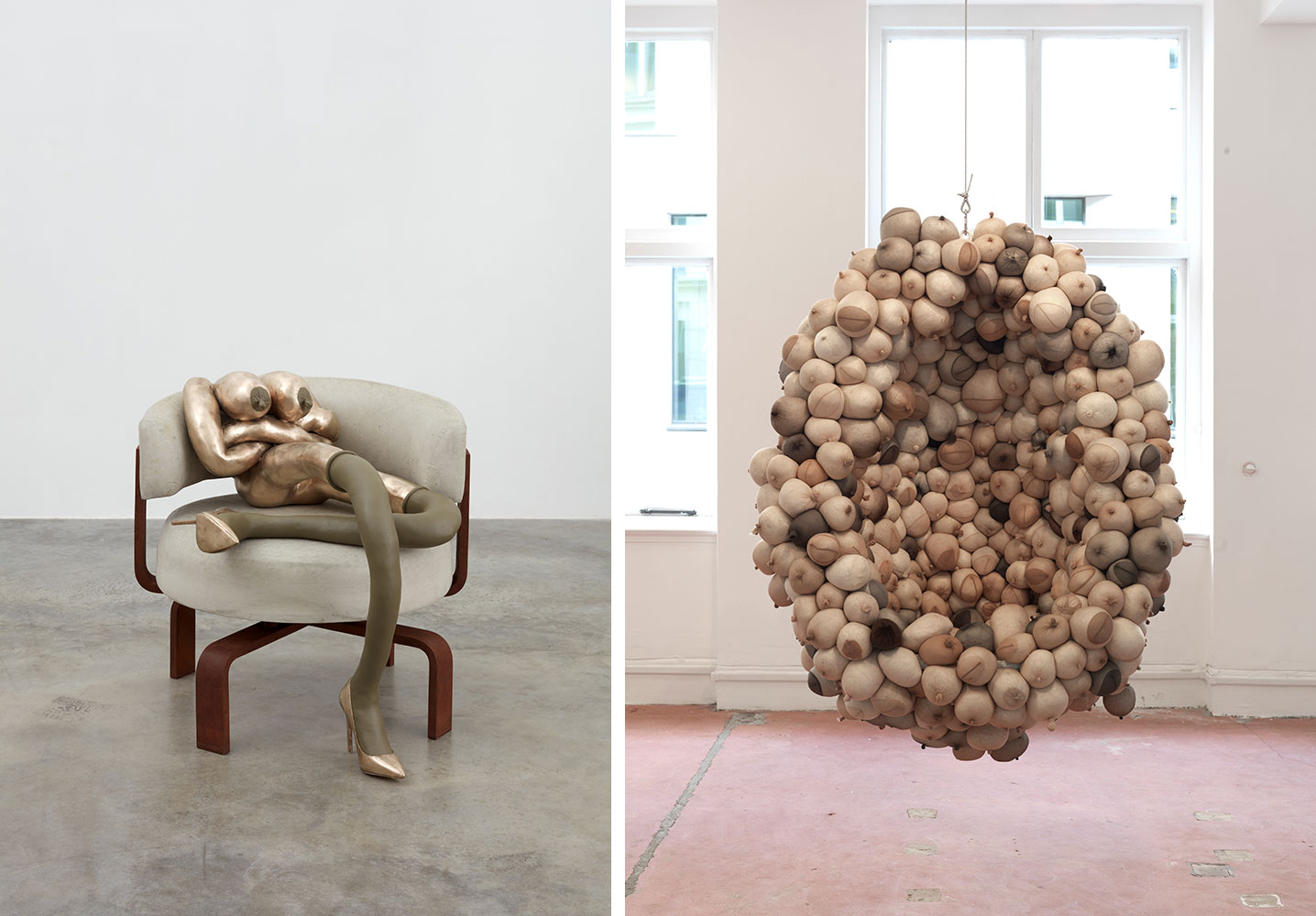
Right: Sarah Lucas CROSS DORIS, 2019. Private collection. Courtesy the artist and Sadie Coles HQ, London, © Sarah Lucas
